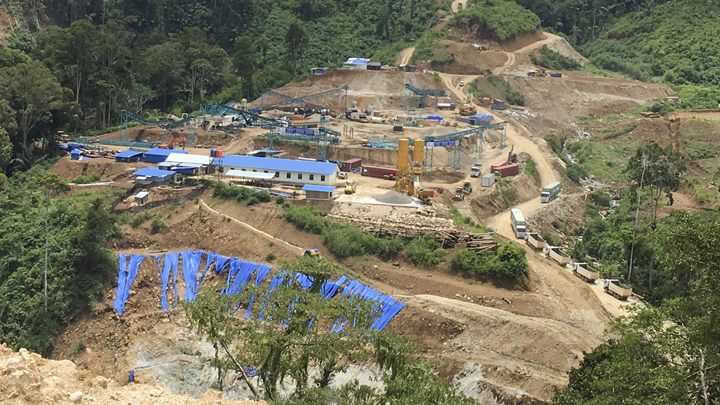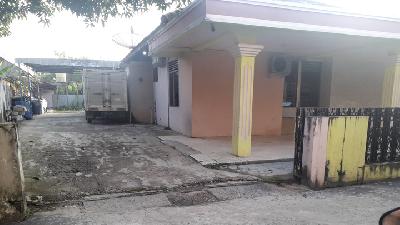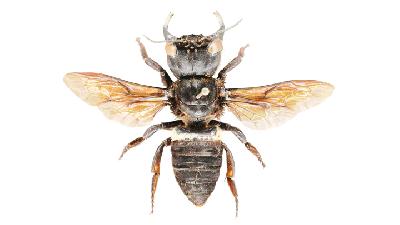Power Hazard
Monday, March 18, 2019
arsip tempo : 171400808096.

ASPEN Rambe gazed at the Marancar Valley in front of him with a blank stare. He stood on a hill to show us the location of his estate, which had been transformed to accommodate semi-permanent buildings for workers at the Batang Toru Hydro Power Plant (PLTA) project in South Tapanuli, North Sumatra.
White trucks transporting sand and rocks were seen entering and leaving the project site, where workers walked about wearing yellow helmets. &ld
...
Subscribe to continue reading.
We craft news with stories.
 For the benefits of subscribing to Digital Tempo, See More
For the benefits of subscribing to Digital Tempo, See More











